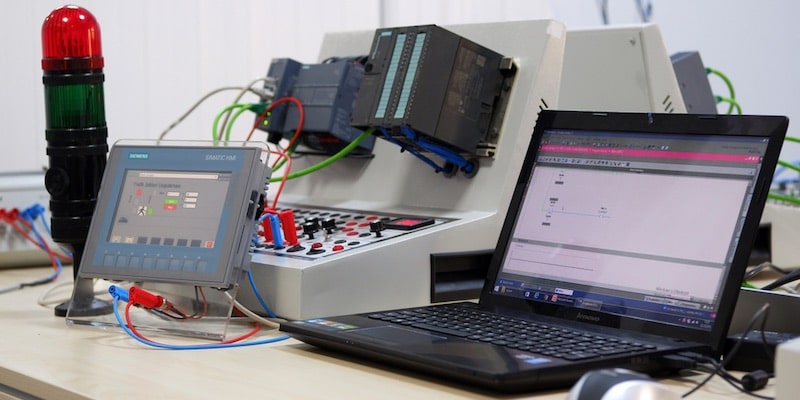We explain what an artifact is and in what contexts it is correct to use this term. In addition, we give you examples of artifacts of different types.

What is an artifact?
An artifact is some type of object, machine or device whose manufacturing requires the application of a certain technique or technology and which has a specific use or purpose. It is a word from Latin art (“art”) and facts (“made”), that is, an object “made by certain arts”, that is, “made by certain skills”.
However, the term “artifact” It is generally used to refer to some unknown device or gadget poorly understood or whose operating mechanisms are ignored. Thus, when a “flying device” or an “electronic device” is mentioned, it is expressed that very little is known about the technological object in question, beyond that it is used to fly or that it operates based on electronics, respectively. Hence, the term can also have derogatory connotations, when referring to a machine or an object of a certain size.
Artifacts are material objects, deliberately manufactured, that have a single, pre-established purpose. They are not usually fungible, that is, they do not usually consume themselves through use, so Their functions are long-lasting or repeatable over time, and they usually require a certain amount of expertise or knowledge for its correct use.
However, It is not correct to use the term “artifact” to refer to objects exhibited in a museum. This usage is a transfer from English artifactsince in that language this is the name for human-made objects that can be distinguished from natural objects. In Spanish, on the other hand, the term is more similar to the concept of “machine” or “device” than to “piece” or “work.”
Examples of artifacts

The following are some examples of everyday artifacts:
- Explosive devices. Homemade or amateur bombs, often using fragments of other devices.
- Lighting fixtures. Different types of lamps, bulbs and electric lights for everyday use.
- Sound artifacts. Devices that emit acoustic or sound signals, such as sonar or a radio device.
- electronic devices. Devices that use electricity to perform different functions, such as a television or a remote control.
- military artifacts. Devices used in war, such as mines, grenades, bullets, among others.
- Industrial artifacts. Pieces of machinery that fulfill productive purposes, such as an assembly machine or a treadmill.
- Technological artifacts. Machines and devices whose manufacture and operation require a high level of integrated science and techniques, such as a cell phone or a computer.
- Artifacts mechanics. Devices and tools that use physics and the transformation of force to perform different functions, such as a pliers or a screwdriver.
- Culinary artifacts. Implements used in the kitchen, both for cutting food (knives), frying it (pan), boiling it (pot), among others.
- Telecommunications devices. Devices that allow communication over long distances, using electromagnetic signals, such as cell phones, Bluetooth devices, among others.
Continue with: Telegraph
References
- “Artifact” on Wikipedia.
- “Artifact” in the Language Dictionary of the Royal Spanish Academy.
- “Radication of the word Artifact” in the Online Spanish Etymological Dictionary.
- “Artifact is not synonymous with object either part” in Fundéu.





